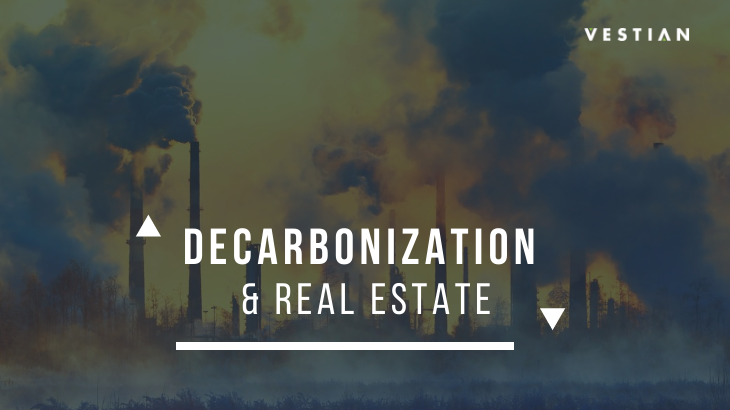Decarbonization has taken center stage, especially in the run up to the COP 26 climate conference next month. The building sector alone contributes to 40% of the global carbon emissions and since buildings account for most of the carbon emissions, it is important that the sector plays an active role to contribute towards decarbonization. The impact of decarbonizing real estate goes beyond just emissions reduction, it could improve the quality of life among tenants, employees and the surrounding community too.
But the question is from where do we start? Energy use in buildings, right from lighting to heating, cooling systems lead to direct or indirect carbon emissions. Similarly, building materials like steel and cement also carry embodied carbon. Every phase of building construction and operation entails direct or embedded carbon. So where can decarbonization begin?
A first step would be to accurately measuring the carbon footprint across every operation and value chain. This can help in establishing the foundation for defining long term decarbonization targets. In order to reduce greenhouse gas emissions from building operations, it is imperative to make strategic carbon reduction plans and smart investment choices to meet targets, such as energy efficiency, deploying new technologies, building designs, electrification of energy sources and innovation in building materials. It is also crucial to plan well in advance while tracking performance and emission reduction efforts.
Today we see governments working together with builders, investors and companies to meet achieve net zero targets. Take for example New York city. According to a report by the New York city government, the city aims to achieve carbon neutrality by 2050, by ramping up renewable energy and emission cuts across buildings and the transportation sector. They also plan to adopt electric vehicles by 2030 and do even more by 2050. Similarly, we have also witnessed more and more companies taking serious steps to reduce carbon emissions. Example – 2021 witnessed Microsoft buying 1.3 million carbon offsets. The company intends to reduce its total carbon emissions by 5 million mt by 2030 and become a net zero emissions company within the decade.
If the drastic climate changes of the recent past is anything to go by, we need to decarbonize now. While it will not happen overnight, it needs the involvement and commitment of all parties involved to work in collaboration, to achieve the collective targets. Additionally, integrating net zero carbon targets, guidelines and standards into local policy, building codes, design can add more teeth to the existing efforts.
